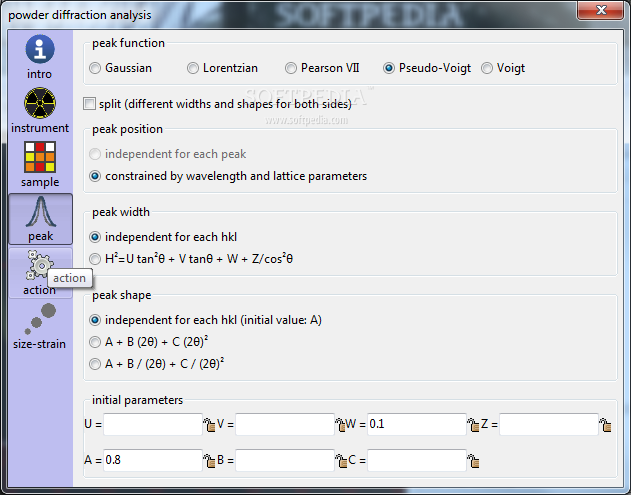

For this reason CD-based nanosponges could be used as stable delivery systems and innovative drug carries for therapeutic purposes. They can be used for protecting easily degradable molecules and also could be used to improve the solubility of poorly soluble drugs. Also cyclodextrin-based nanosponges can form complexes with many lipophilic and hydrophilic drugs. Additionally, cationic β-CD polymer derived nanoparticles have been found to be efficient non-viral delivery vectors for siRNA in humans. In vivo therapeutic efficacy has been reported for nanoparticles assembled from camptothecin conjugated β-CD polymers. One example of such carriers is diamide linked γ-cyclodextrin (γ-CD) dimers that have been described as molecular-scale delivery capsules for the anticancer agent curcumin.

Given their biocompatibility, CDs have been used as host units for the synthesis of host–guest delivery carriers. Recently, these host–guest interactions have been adopted to assemble polymer nanoparticles for drug and gene delivery. Due to these major features, CDs can be utilized in different areas of medicinal chemistry. The characteristic properties of the substance, such as solubility, chemical reactivity, or spectral property, are changed after guest compound is encapsulated. Accordingly, CDs have an ability to encapsulate and solubilize hydrophobic guest species in water through host–guest complexation. Naturally occurring CDs are composed of six, seven or eight d-glucopyranoside units in a toroidal structure, possessing a hydrophobic interior and hydrophilic exterior. In addition, the paper presents the potential of protein-cyclodextrin conjugates to construct innovative bioactive molecules for biological and medical applications.Ĭyclodextrins (CDs) are cyclic oligosaccharides with significant application in the pharmaceutical, food and cosmetic industries. This report demonstrates the great potential of cyclodextrin as a modifying unit that can be used to modulate the properties of therapeutic proteins, additionally giving such conjugates the possibility to transport many therapeutic substances in the form of inclusion complexes. The presented conjugates were biologically active and covalently bound β-cyclodextrin preserved the ability to form inclusion complexes with the model compound. The structure of the obtained conjugates was investigated via liquid chromatography-mass spectrometry, dynamic light scattering and circular dichroism analysis. The paper reports the solid state, thermal method for protein coupling with β-cyclodextrin and the physicochemical and biological properties of the obtained conjugates. In such cases, the K m obtained is far greater than that obtained from the varied TMB levels, suggesting that the affinity of H 2O 2 on the surface of the CeO 2 nanocubes was far smaller than that of TMB.Recently a great interest in the field of protein engineering and the design of innovative drug delivery systems employing specific ligands such as cyclodextrins is observed. Meanwhile, under varying H 2O 2 concentrations, the K m and V max for the CeO 2 nanocubes were approximately 153.6 mM and 12.2 × 10 −8 M/s, respectively. Meanwhile, the enzymatic activity measurements indicate that the redox enzyme-mimicking activities of as-synthesized CeO 2 nanostructures are greatly dependent on their exposed facets. The characterizations by X-ray photoelectron spectroscopy, Raman spectroscopy, and UV-Vis spectroscopy show that the Ce 3+/Ce 4+ ratio and oxygen vacancy content on the surfaces of as-synthesized CeO 2 nanostructures are nearly at the same levels. Herein, CeO 2 nanostructures (nanocubes and nanorods) exposed different facets were synthesized via a facile hydrothermal method. The Ce 3+/Ce 4+ ratio and oxygen vacancies on the surface have been considered as the major originations responsible for the redox enzyme-mimicking activities of CeO 2 NPs. CeO 2 nanoparticles (NPs) have been well demonstrated as an antioxidant in protecting against oxidative stress-induced cellular damages and a potential therapeutic agent for various diseases thanks to their redox enzyme-mimicking activities.


 0 kommentar(er)
0 kommentar(er)
